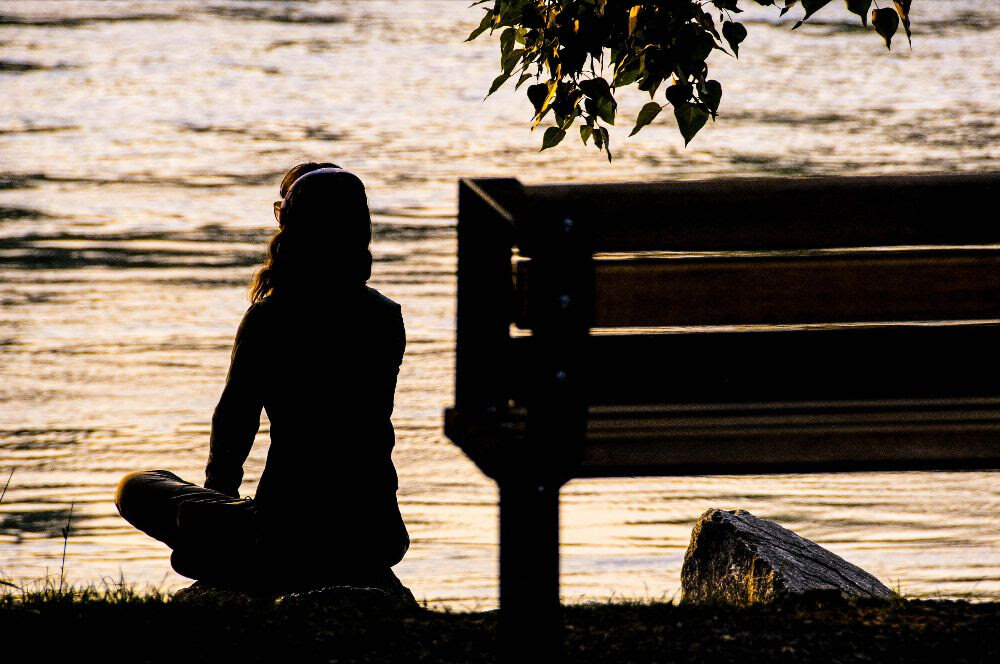Bookend your Days
Click here to receive insights in our weekly newsletter.
Our recent survey revealed that managing stress and anxiety is still one of the biggest pain points for members of our community. While many of you noted that your physical health has improved since the beginning of the pandemic (nice work!), for many of you, your mental health has gotten worse.
One of the contributing factors is the ongoing challenge of working from home. In order to live a high-performance life and do your best work, it is important to draw healthy boundaries between work and life. Now more than ever, you might be struggling to create these boundaries, and in turn, you are more stressed and less productive. With technology making us so accessible to one another, we run the risk of never detaching from work, especially if we work from home.
This is why we recommend bookending your days. This means starting and finishing your day with intention so that you’re not letting your work seep into your personal life, and vice versa. This means not checking your emails while you’re still lying in bed, and similarly, putting away your phone and computer at the end of the day. This is of course easier said than done, but here are some steps you can take to help you set some boundaries:
1. Define your work time
Whether you work at the office or at home, it is important to be clear as to when exactly your work day starts and ends. This will differ depending on your roles and responsibilities, but for most of us, we can set a start and end time to our work day. Once you’ve established your work time, do your best to stick to this window. When you’re in this window, focus on work. When you're out of this window, focus on your life outside of work.
2. Transition Rituals
Next, create a routine that tells you that it’s either time for work or time for home. This will help cue your body and mind for either work and focus, or for rest and relaxation. A transition ritual is simply setting healthy boundaries so that your work doesn’t just keep flowing into your private time. Setting a routine like this helps to clear your head, dissipate stress, and put some brackets around the work day.
In a previous newsletter, we discussed the power of a transition ritual after work to help you make that switch from “work” to “not work”. However, a ritual before work is just as important! Having strict routines in place both at the beginning and at the end of the workday will help you set boundaries even if you’re working from home.
For example, maybe you like going for a walk outside in the morning and evening to emulate a “commute” to work. Or maybe once you get to your desk in the morning, you like to meditate for two minutes. Or once you’re done work, you make sure to change out of your work clothes right away before doing anything else (even if you work from home this practice can be a very powerful way to distinguish between work and home life!).
Remember, repetition is key. Switching your energy from “work” to “home” takes some upfront effort. But over time, cueing your brain in this way makes the shift easier and easier. It becomes automatic, so you can enter into your personal time stress-free rather than mentally carrying your work items into your home life.
What are we finding in the research?
In January 2020, Elsevier publishing company created the COVID-19 resource centre to provide free information to the public surrounding COVID-19. In a recent installment of Work/Life Balance, the authors dive into the use of mindfulness to help foster a work-life balance while working from home.
Mindfulness is the act of being in the present moment. It can be a formal practice, such as in the form of meditation, or informal practice, such as just being present in whatever you are doing. The authors suggest that practicing mindfulness can help employees working from home in three ways:
1. By helping them disconnect from work
2. By improving focus and thereby work performance
3. By helping them recover from Zoom or screen fatigue
You can read the full article here!
For more information on mindfulness, check out our deep dive into meditation.

